A multimeter can be used as a fast and simple way to check a diode out of the circuit. A good diode will show an extremely high resistance (ideally an open) with reverse bias and a very low resistance with forward bias. A defective open diode will show an extremely high resistance (or open) for both forward and reverse bias. A defective shorted or resistive diode will show zero or a low resistance for both forward and reverse bias. An open diode is the most common type of failure.
DMM Diode Test Position
Many digital multimeters (DMMs) have a diode test function that provides a convenient way to test a diode. A typical DMM has a small diode symbol to mark the position of the function switch. When set to diode test, the meter provides an internal voltage sufficient to forward-bias and reverse-bias a diode. This internal voltage may vary among different makes of DMM, but 2.5 V to 3.5 V is a typical range of values. The meter provides a voltage reading or other indication to show the condition of the diode under test.
When the Diode Is Working
In Figure (a), the red (positive) lead of the meter is connected to the anode and the black (negative) lead is connected to the cathode to forwardbias the diode. If the diode is good, you will get a reading of between approximately 0.5 V and 0.9 V, with 0.7 V being typical for forward bias.
In Figure (b), the diode is turned around for reverse bias as shown. If the diode is working properly, you will typically get a reading of “OL”. Some DMMs may display the internal voltage for a reverse-bias condition.
When the Diode Is Defective
When a diode has failed open, you get an out-of-range “OL” indication for both the forward-bias and the reverse-bias conditions, as illustrated in Figure (c). If a diode is shorted, the meter reads 0 V in both forward- and reverse-bias tests, as indicated in part (d).
Checking a Diode with the OHMs Function
DMMs that do not have a diode test position can be used to check a diode by setting the function switch on an OHMs range. For a forward-bias check of a good diode, you will get a resistance reading that can vary depending on the meter’s internal battery. Many meters do not have sufficient voltage on the OHMs setting to fully forward-bias a diode and you may get a reading of from several hundred to several thousand ohms. For the reverse-bias check of a good diode, you will get an out-of-range indication such as “OL” on most DMMs because the reverse resistance is too high for the meter to measure.
Even though you may not get accurate forward- and reverse-resistance readings on a DMM, the relative readings indicate that a diode is functioning properly, and that is usually all you need to know. The out-of-range indication shows that the reverse resistance is extremely high, as you expect. The reading of a few hundred to a few thousand ohms for forward bias is relatively small compared to the reverse resistance, indicating that the diode is working properly. The actual resistance of a forward-biased diode is typically much less than 100 .
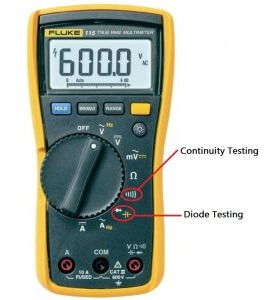
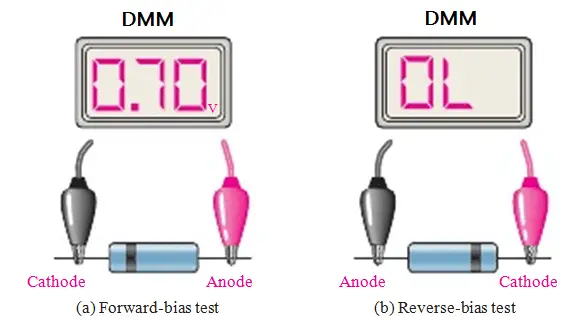
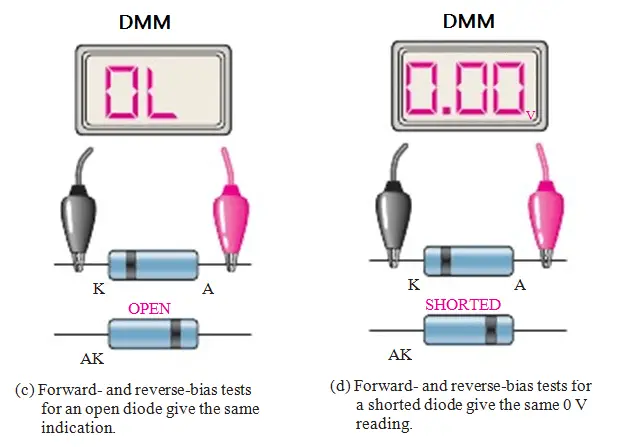
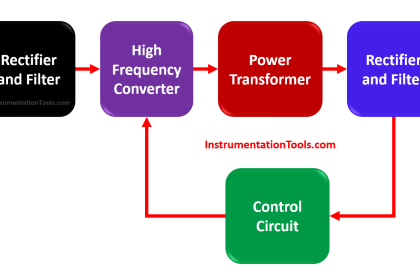
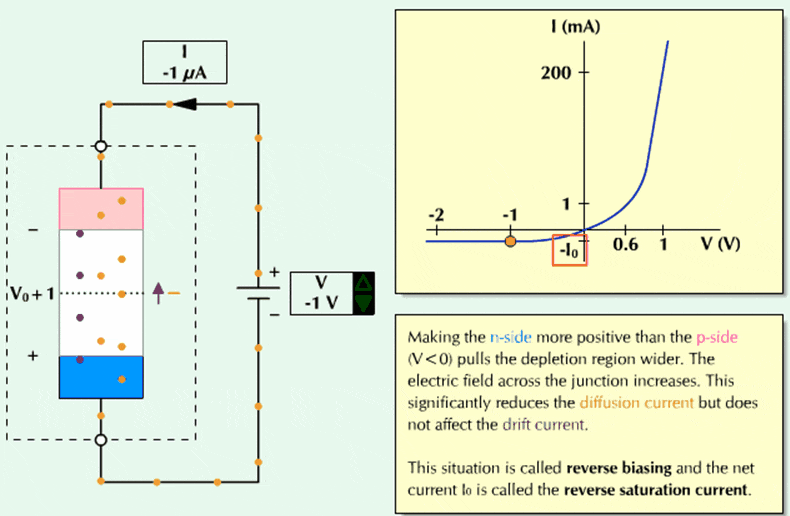
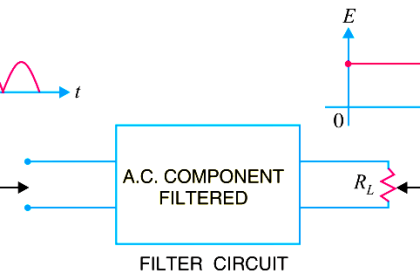



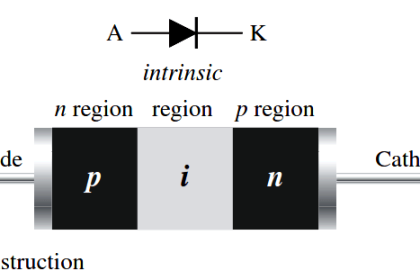

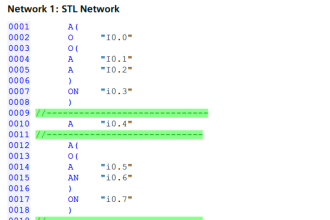
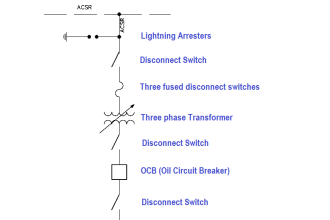





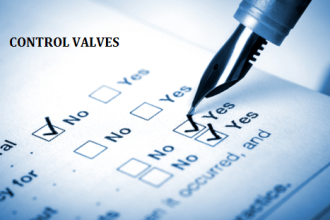

Dear Bharadwaj ….
Really good job ……….. appreciated.
Earlier Printing option was there, but now I can not find it.
Please allow the printing option.
Thanks
Nice informative article …….
Your awesome, Very helpful. Thanks
thank sir for valuable information.
Difference between short and open?